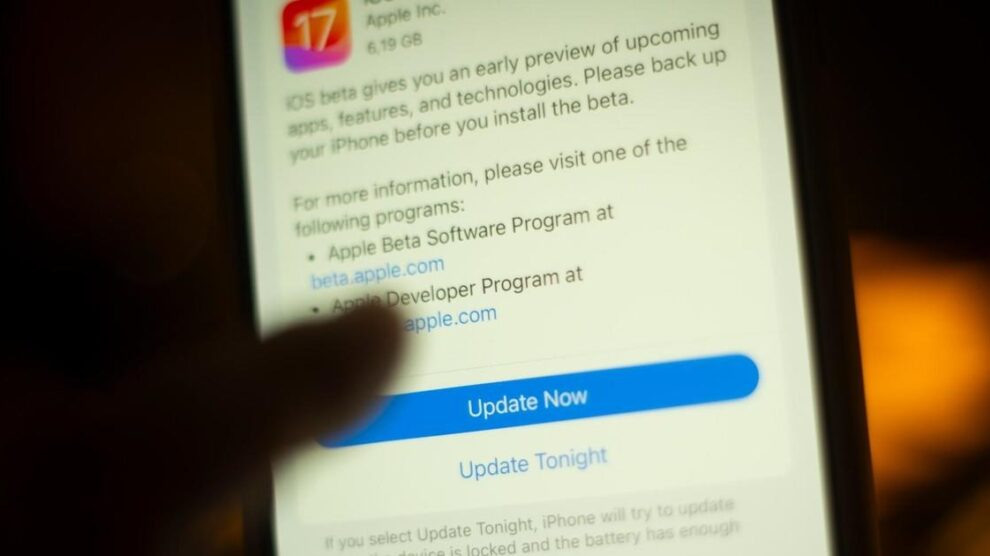Losing smartphones strikes distress doubly exposing personal data and hardware investments jeopardized simultaneously. Thankfully Apple unveils new Stolen Device Protection concessions iOS 17.3 mandating biometric authentication – like Face ID or Touch ID – accessing sensitive account tools even thieves breach passcode defenses unfortunately.
Today we detail this groundbreaking new security layer obstructing unauthorized functionality shields even if physical phone possessions become compromised regrettably.
How Stolen Device Protection Works
Activated under iOS 17.3 settings, Apple devices entering unrecognized locations now trigger identity reconfirmation requests upholding typical usage otherwise.
This means iPhones notice unfamiliar environments like new cities or buildings deviating beyond home/work/school geofenced patterns through location tracking.
Under these circumstances, critical account tools require biometrically proving identities reestablishing access briefly locking out curious intruders.
Biometric Identity Checks
Specifically, tasks like resetting Apple ID credentials or disabling tracking protections mandate Touch ID fingerprint or Face ID facial recognition confirmation temporarily.
This blocks thieves attempting disguising devices resetting ownership protections even discovering leaked passcodes unfortunately.
Apple gives users two total biometric check opportunities before functionality degrades severely we detail next section.
Limited Functionality Mode
If both biometric authentication attempts fail, iPhones enter restricted Limited Functionality modes until identities properly reestablish through approved Apple channels.
This safety net essentially freezes major features limiting smartphone capacities contacting emergency services or accessing few default apps.
Essentially owners regain control interfaces and tools thieves cannot abuse otherwise like wiping data, accessing finances, tracking locations and more.
A Last Line of Defense
Stolen Device Protections provide critical last line defenses if phones become compromised unfortunately.
Theyensure lost devices stay relatively useless shielding sensitive tools even if passcodes leaked through social engineering, surveillance or breaches.
So while still inconvenient losing hardware itself, users peace knowing associated accounts and memories withstand attacks still through multilayered locking mechanisms.
Enabling Stolen Device Protection
Activating protections remains straightforward following simply settings navigations:
- Open Settings app
- Choose Face ID/Touch ID and Passcode options
- Input passcode if prompted
- Scroll down and enable Stolen Device Protection
We expect support extending across iPhone models supporting iOS 17 or later as security proves ubiquitous concern universally.
Complementary Security Recommendations
While robust against past smartphone defense weaknesses, we encourage complementary best practices further shielding data like:
- Establishing strong passcode avoiding guesses
- Using two-factor authentication across accounts
- Reducing public usage in risky areas when possible
- Encrypting sensitive tools like banking apps
Multilayered security nurtures resilient protection prioritizing precautions staying many steps ahead malicious actors consistently.
The Forefront of Mobile Security
By every indication, Stolen Device Protection revolutionizes locking down iOS devices remotely against would-be data thieves or privacy violators even intercepting hardware temporarily.
It epitomizes Apple fortifying mobile technology reputation once again skillfully balancing user experience with unyielding security – a tremendous competitive edge attracting wider quality-conscious market share against competitors struggling similarly synergizing both simultaneously.
As device centrality importance compounds storing irreplicable personal artifacts and memories alike,Expect enhanced protections like these catalyzing consumer trust, satisfaction and investment loyalty for years henceforth consequently.










Add Comment